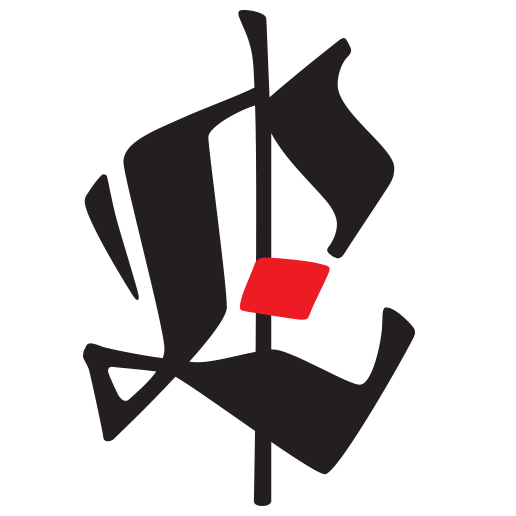Right now I’m working on developing ideas for my final project at SFPC, which involves incorporating both Openframeworks and hardware. I’m hoping to create an animated typographic piece in Openframeworks, which then interacts with the real world through sensors. Then, I’m planning to send this data to a grid of LED lights. This project is going to be a huge challenge for me, but I’m looking forward to figuring things out.
Here are some Openframeworks typography sketches that I’ve been making while trying to get ideas for my final project. Being able to create typography in a 3D space is super exciting for me. Having an X, Y, and Z axis makes a huge difference from just looking at your work in a flat 2 dimensional space. Another aspect that I didn’t think of before using OpenFrameworks is the idea of time as it relates to typography. It gives a sense of physicality into this digital type world, and I am trying to find ways to incorporate it.






